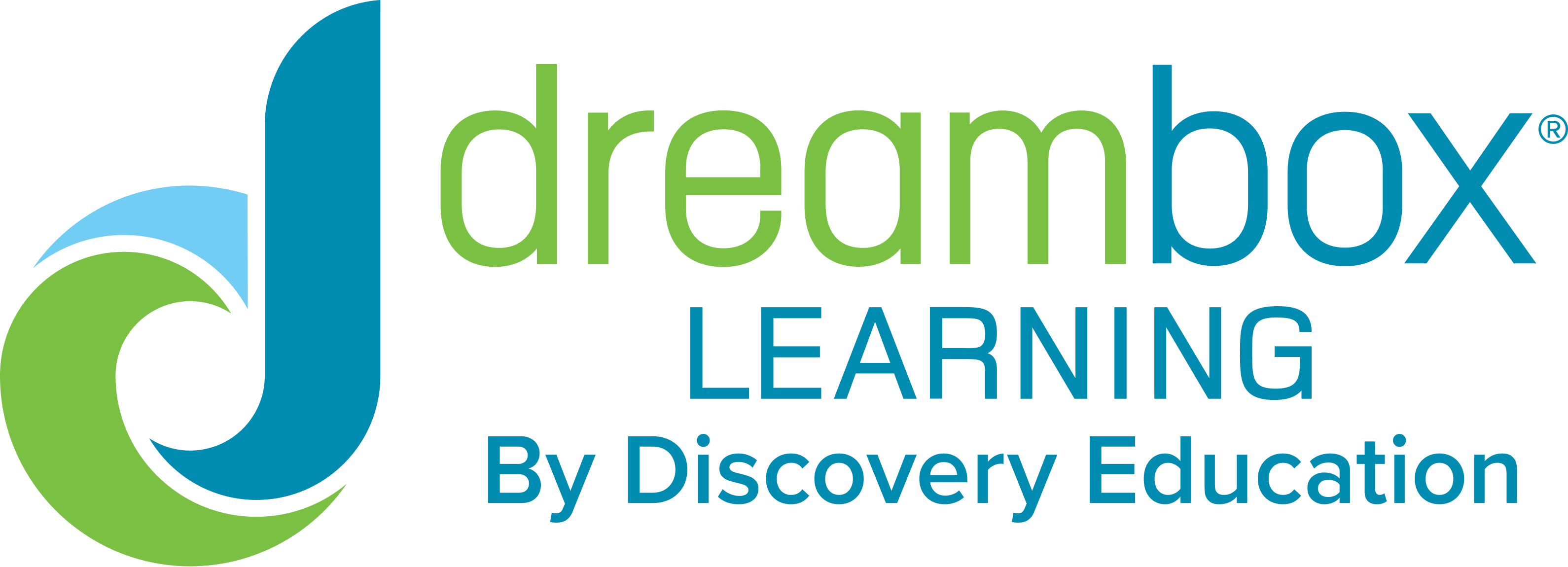Tell us a little more about yourself to view the content
Free resource
Content Request Form
Complete the form to download to access this free resource.
DreamBox_Learn
DreamBox Learning marketing team
Related Resources

DreamBox Learning takes children from whereever they are to where they want to be by transforming the way they learn.
Sales (844) 725-9569
Support (833) 228-2044









